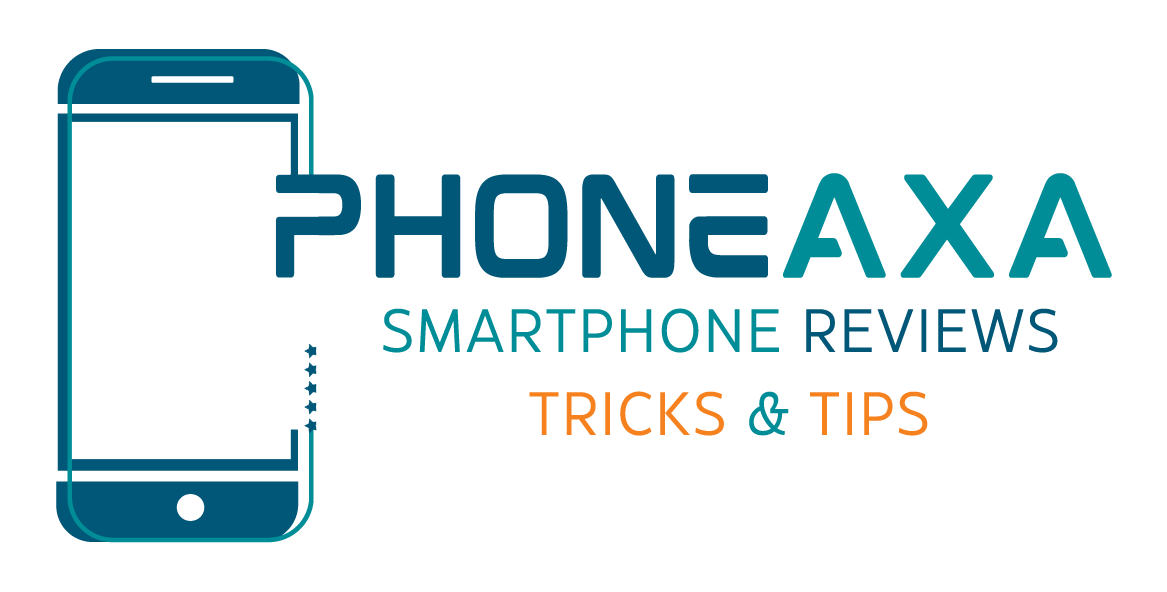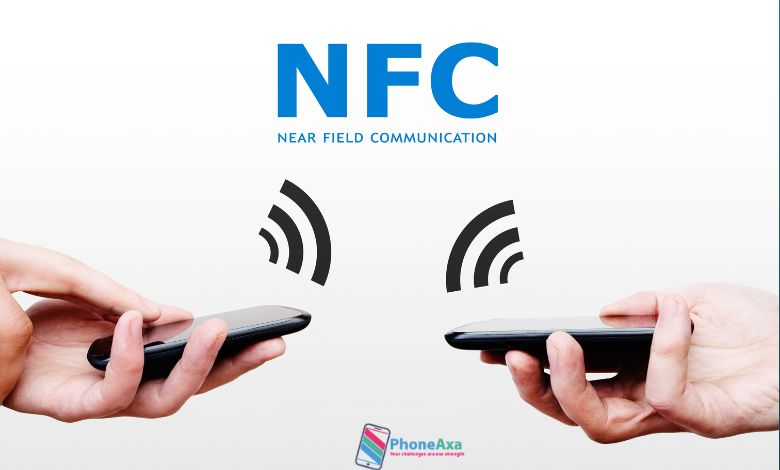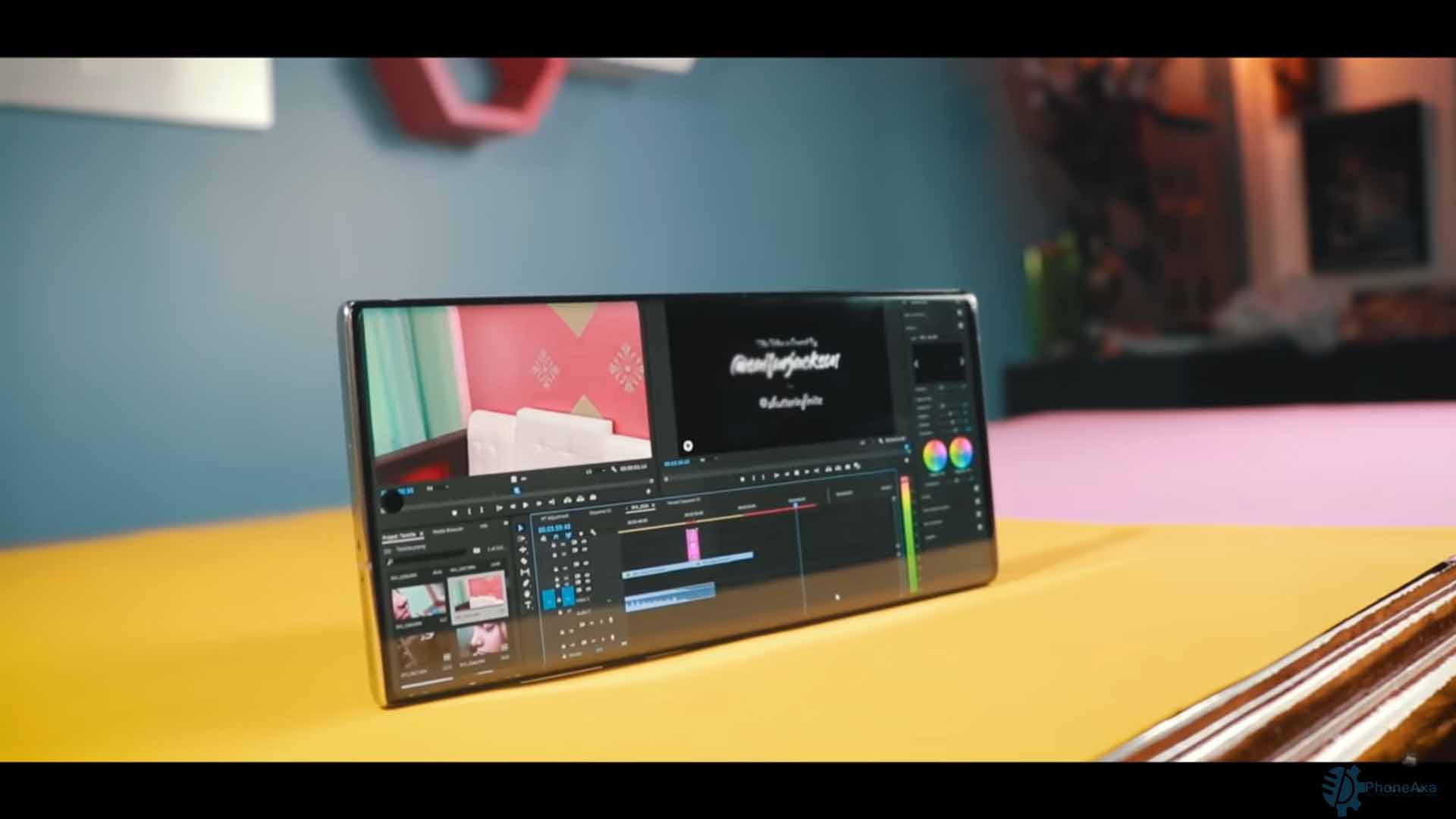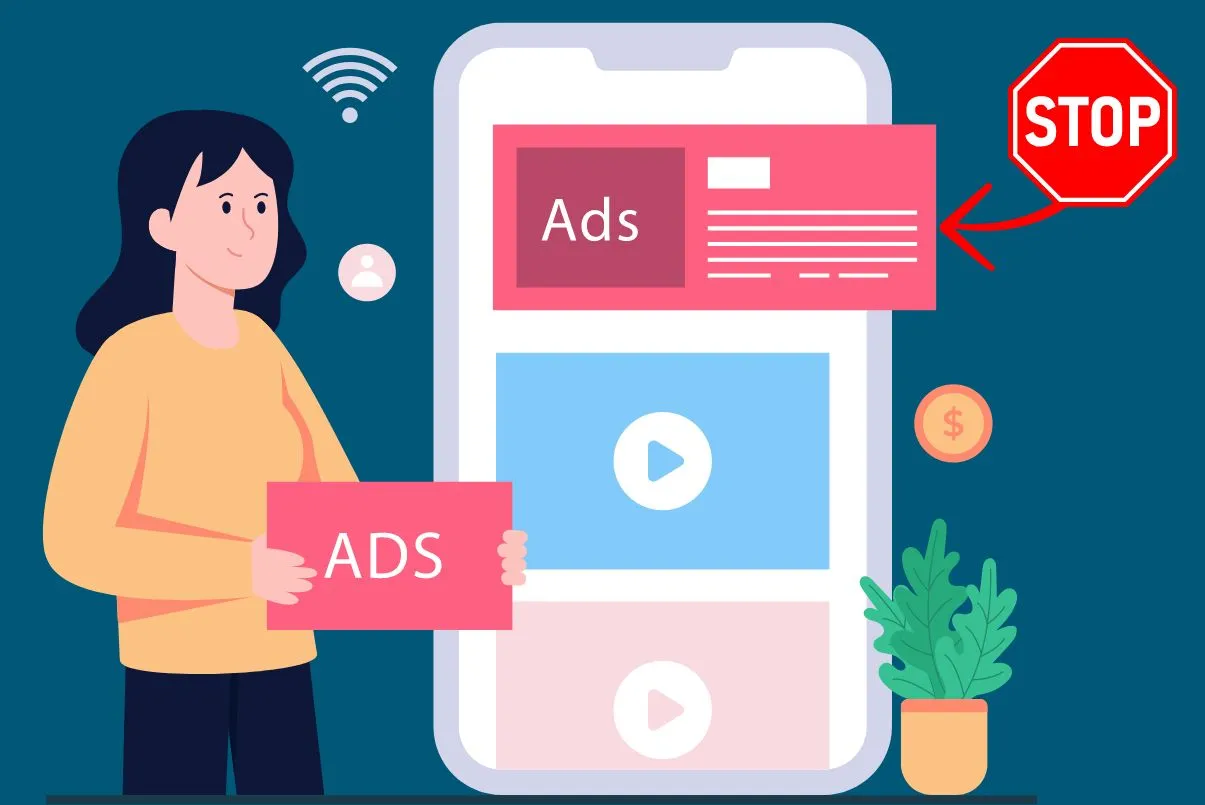It is a very common problem that people want to install NFC on their phones, and they don’t know how to do it. This article will tell you how to install NFC on non-NFC phones. If your phone doesn’t have NFC, you can still use NFC tags to do all sorts of cool things. You’ll just need to install an NFC-enabling app first.
There are a few different apps that enable NFC on non-NFC phones. One of the most popular is called Trigger. You can find it for free in the Google Play Store. Once you’ve installed the app, open it and tap the “Enable” button. This allows the app to use your phone’s built-in RFID/NFC hardware (if it has any).
Once NFC is enabled, you can start using NFC tags. Just hold your phone up to an NFC tag, and the “Trigger” will launch whatever action is associated with that tag. For example, you could program a tag to launch your favorite music app or to turn on Bluetooth when you tap it. The possibilities are endless!
📌 You can also read about the Cheapest Android Phones with NFC in today’s market. If you want a phone with NFC features then Go and get these amazing phones.
This article discusses the installation of NFC on phones that lack hardware. You will learn how to install it with a few simple tweaks and steps.
What is NFC, and How Does it Work?
NFC stands for Near Field Communication. It is a set of standards that allow two electronic devices to communicate when they are near each other.
NFC can be used to share information, such as contact information or files, between two NFC-enabled devices. It can also be used to make payments, as long as the two devices are compatible.
NFC is short for Near Field Communication, which is a way of connecting two devices over short distances with the help of radio waves. This technology works by using electromagnetic induction to send information between two devices that are within 4 inches (ca. 10 cm) of each other. One device must have an embedded chip that can generate the radio waves while the second device must be able to receive them and decode the data they contain.
➡️ Also Check: 10 Best Phones Under 700 Dollars That You Can Buy in 2023
How does it work?
NFC, or Near Field Communication, is a type of wireless technology that allows two devices to communicate with each other when they are close together.
To use NFC, one device must be designated as the “reader” and the other must be designated as the “tag.” The reader emits a radio signal that powers the tag, which then responds with its stored data. The two devices can then exchange data wirelessly.
If you have a non-NFC phone and want to use NFC, you can purchase an NFC tag that can be affixed to the back of your phone. When you tap your phone against another NFC-enabled device, the tag will communicate with the other device and allow you to share information or make payments.
How to use NFC on non-NFC Smartphones?
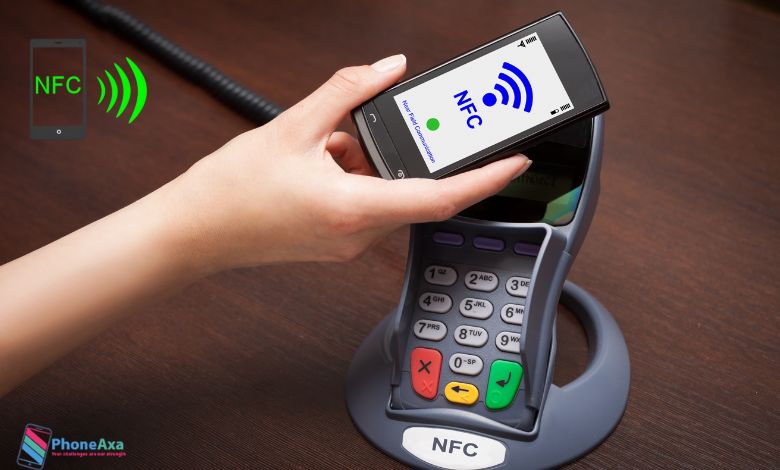
If your phone doesn’t have NFC built in, you can still use NFC tags to trigger actions. There are a few apps that enable this functionality, the most popular ones being Trigger and NFC Task Launcher.
To use either of these apps, you’ll first need to download and install them on your phone. Once they’re installed, you’ll need to configure them to work with the NFC tags. This usually involves setting up an NFC tag with a specific action, such as opening an app or triggering a task.
Once you’ve got everything configured, simply place your phone next to an NFC tag, and it will automatically perform the action you’ve assigned to it. This is a great way to automate common tasks, such as launching your music player when you get in your car, or opening your email app when you get to work.
➡️ Check the best Review article: Top 5 Best Slimest Phones In Today’s Market
How do I Install an NDEF Tag on My Phone?
The NFC sticker is a small, thin sticker that can be placed on your phone. It contains an NFC chip that can be read by other devices.
The main purpose of the NFC stickers is to provide mobile data access in areas where there is no coverage or to provide mobile data access for people who do not have a data plan.
How to Enable NFC on Your Android Device with just One Click!
You can enable the NFC feature on your mobile phone using these steps:
- Go to Settings and tap on “Wireless & Networks”
- Tap on “More…” (located in the top right corner of the screen)
- Tap on “NFC,” then tap on “Turn off”.
Pros
- Using an application for reading cards:
- Using an application for making payments:
- Sharing files using the “bump” feature:
- Connecting two devices using the “tap” feature:
- Contactless easy and quick data transfer with a single tap on the screen.
- Amazing access control.
- Easy transportability with less physical effort.
- Simple to install and enhance.
- Facility to adapt to any industry.
- Versatile.
- Safe to use and secure (to some extent)
- Social sharing and networking.
Cons
- It can just work over more limited distances which are around 10-20 cm.
- NFC offers exceptionally low information move rates which are around 106 or 212 or 424 KBS.
- It is extravagant for organizations to embrace NFC-empowered gadgets.
Comparison of NFC VS Bluetooth communication
NFC, or Near Field Communication, is a technology that allows two devices to communicate with each other when they are close together. NFC can be used for a variety of tasks, such as sharing files, making payments, and pairing devices.
Bluetooth is another popular method of wireless communication, but it has some key differences from NFC. First, Bluetooth has a much shorter range than NFC-typically around 30 feet (ca. 9 m). This means that you can only use Bluetooth to communicate with devices that are nearby. NFC, on the other hand, has a range of up to four inches. This means that you can use NFC to communicate with devices even if they are not in your line of sight.
Second, Bluetooth requires both devices to be paired before they can communicate. This means that you need to enter a code or perform some other action to connect the two devices. NFC does not require any pairing – as long as the two devices are close together, they can communicate.
Finally, Bluetooth uses more power than NFC. This means that if you are using Bluetooth for tasks like streaming audio or video, your battery will drain more quickly than if you were using NFC.
Conclusion | How to Install NFC On Non-NFC Phones
Everyone wants to know how To Install NFC On Non-NFC Phones. NFC is a cool and simple way to share information between two devices. Whether you have an iPhone or a phone lacking NFC functionality, you can still use an NFC tag to connect to other devices and share information. The main purpose of the NFC stickers is to provide mobile data access in areas where there is no coverage. You can also use them to share information between your devices if you don’t have a data plan.
➡️ Also take a look: Top 5 Best Gaming Phones For 60fps PUBG | My Best Picks Related Article:
- How to Fix Blurry Videos on Android-A Comprehensive Guide
- How to Fix Vertical and Horizontal Lines on Android Phone?
- How To Fix a Hacked Android Phone?
